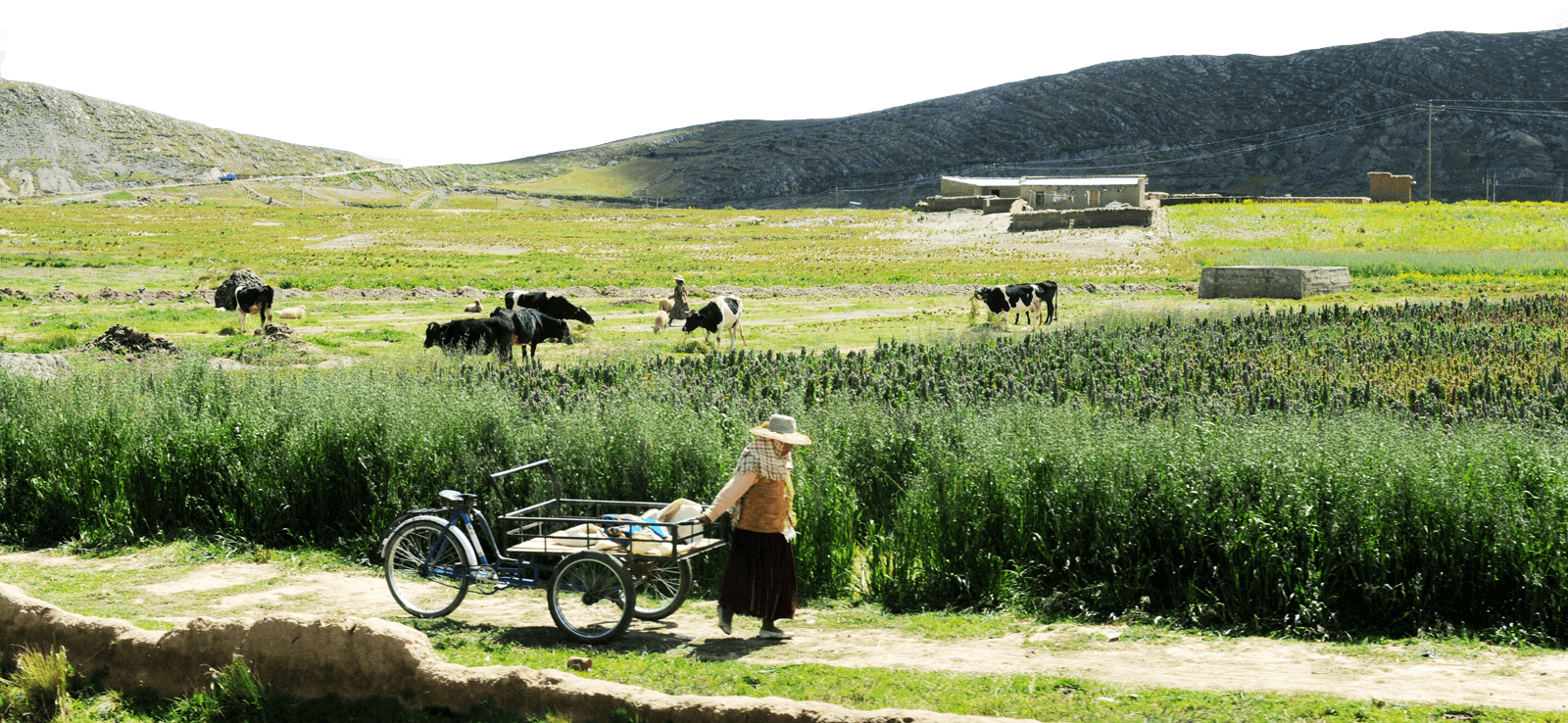Genetic Pollution in Mexico’s Center of Maize Diversity
Food First Backgrounder, Spring 2002, Vol. 8, No. 2
Controversy erupted last year after Mexico’s Ministry of the Environment and a peer-reviewed article in Nature reported that farmers’ traditional maize varieties in two remote Mexican states, Oaxaca and Puebla, had been contaminated with DNA from genetically modified (GM) maize. Genetic pollution is alarming both because it is illegal to grow GM maize in Mexico and especially because Mexico is the primary center of maize genetic diversity—the region where maize originated and where the greatest diversity is found. Maize varieties developed over millennia by indigenous farmers, as well as wild ancestors of maize, represent one of the world’s most valuable reservoirs of genetic material for plant breeding—the foundation for global food security. Native maize diversity provides the raw material used by farmers and plant breeders to improve the quality and productivity of maize crops worldwide. The Mexico-based International Center for Maize and Wheat Improvement (CIMMYT) also houses the world’s most important collection of endangered maize seeds.
This is the world’s worst case of contamination by genetically modified material because it happened in the place of origin of a major crop. It is confirmed. There is no doubt about it. – Jorge Soberón, Secretary of Mexico’s National Biodiversity Commission, April 2002
The Mexican government believes that GM maize was likely introduced to farmers’ fields when Mexican farmers planted U.S.-grown grain intended for food rather than seed, unaware that it was genetically modified. (GM maize and grain grown in the U.S. is not labeled.) Approximately 20 million acres of GM maize were planted in the U.S. in 2001 , and approximately 6 million tons of U.S. maize are shipped annually to Mexico as food grain.
The Bigger Picture
The controversy surrounding GM maize contamination in Mexico reflects a much larger conflict over control and stewardship of genetic resources in a world where biotech research is overwhelmingly dominated by corporate interests, and where public sector research increasingly serves the corporate agenda. Biotech proponents have long insisted that GM technology is safe, precise, and predictable, yet the escape of engineered genes in Mexico demonstrates, once again, the inability of regulatory bodies or industry to control and contain genetically modified organisms. With European governments scheduled to review their de facto moratorium on GM crops in March 2002 and a United Nations meeting on biosafety slated for April 2002, findings of generic pollution in Mexico couldn’t have surfaced at a worse rime for industry. In response, biotech proponents launched a campaign to deny and discredit evidence of GM contamination in Mexico, including attacks on the methodology used by University of California at Berkeley researchers Ignacio Chapela and David Quist, whose controversial findings were published in Nature in November 2001. The campaign proved so successful that in early April Nature took the highly unusual step of disavowing the Chapela and Quist article, claiming that the “evidence available is not sufficient to justify the publication of the original paper.” Nature’s retraction was declared a “public relations victory” for the biotech industry.
But the victory was short lived. In April 2002 the Mexican government confirmed once again that its own studies find high levels of contamination in native maize populations.


 Help Food First to continue growing an informed, transformative, and flourishing food movement.
Help Food First to continue growing an informed, transformative, and flourishing food movement.




